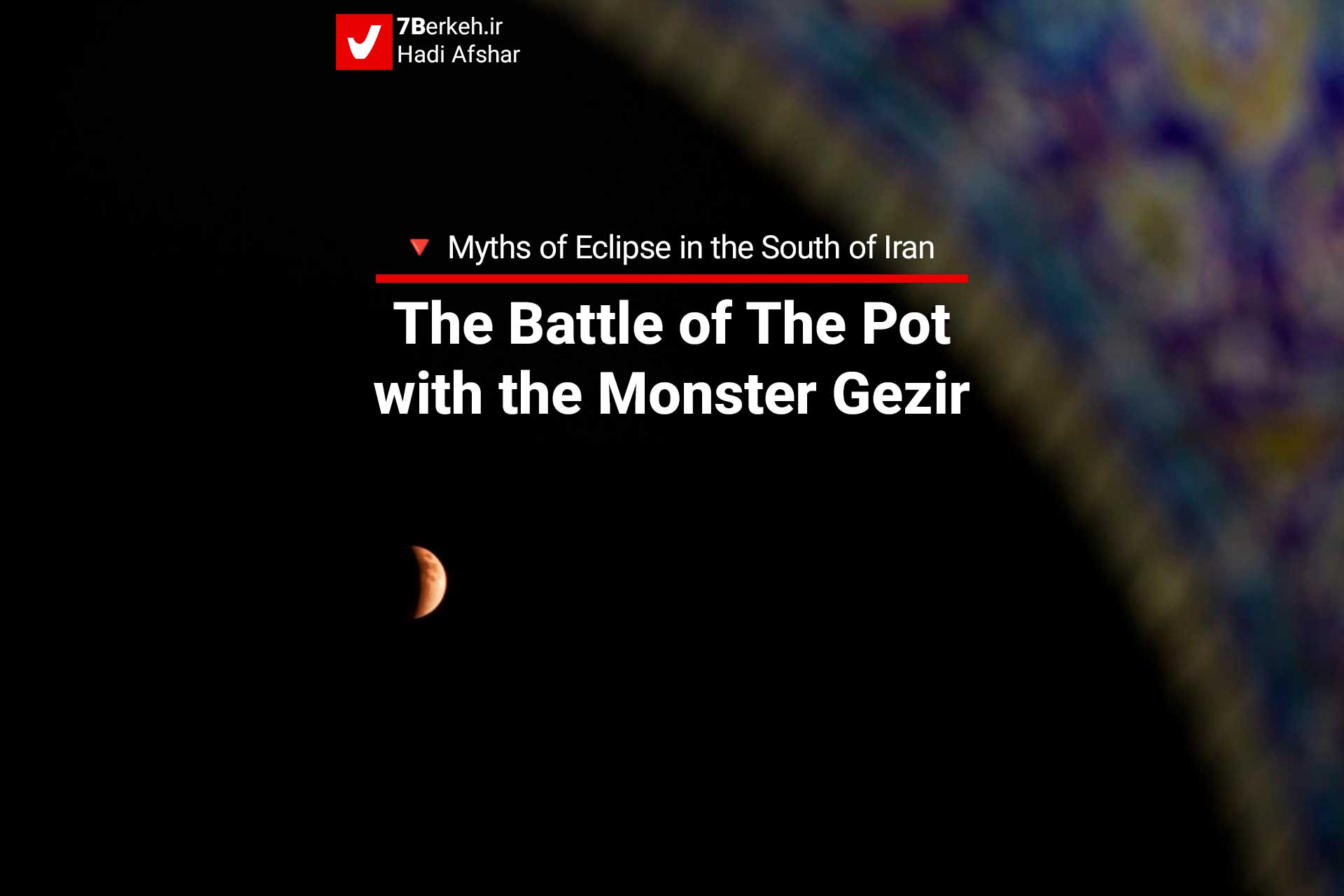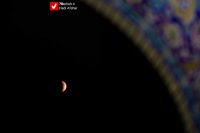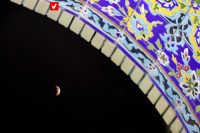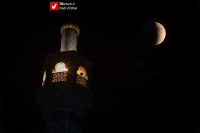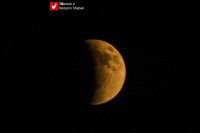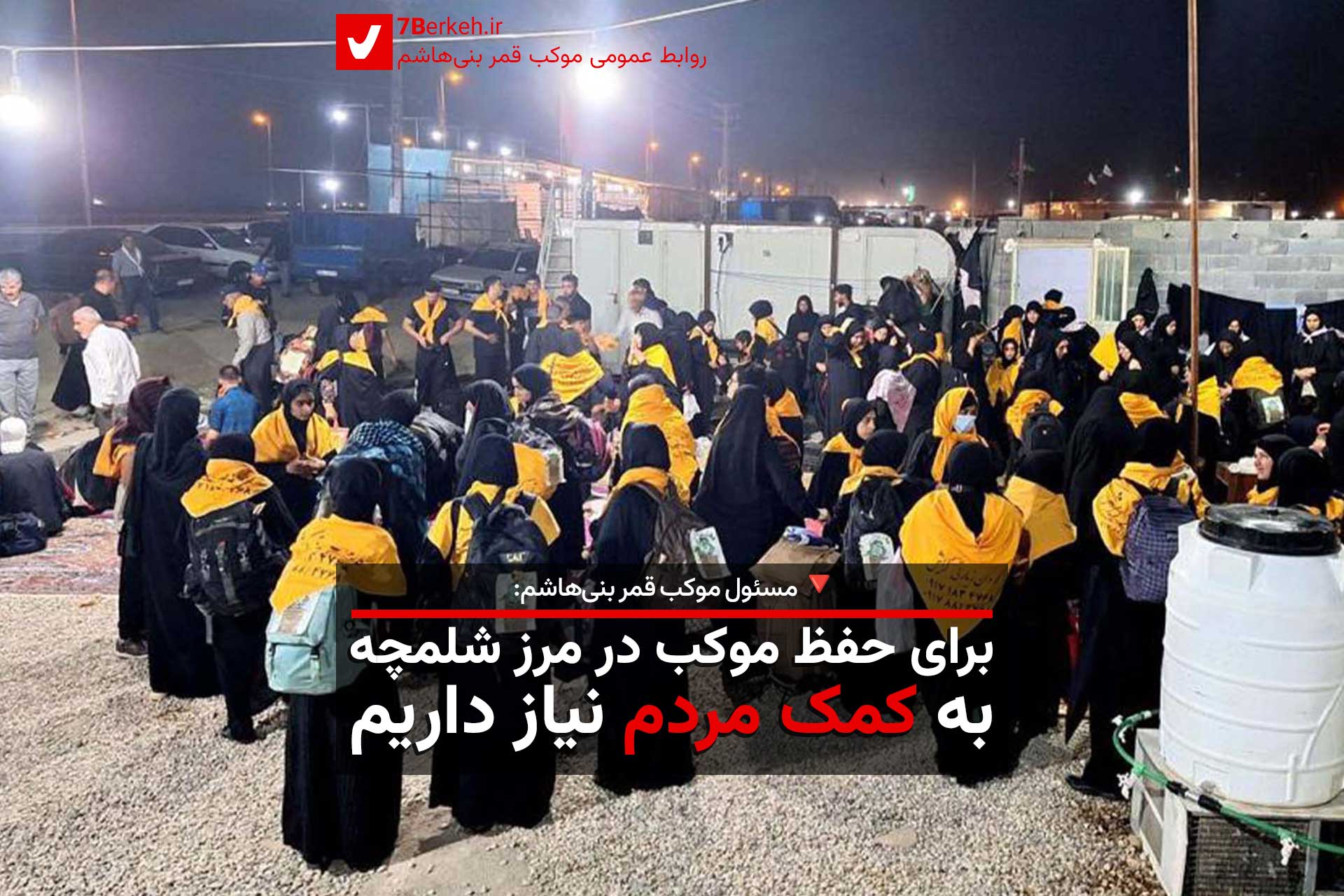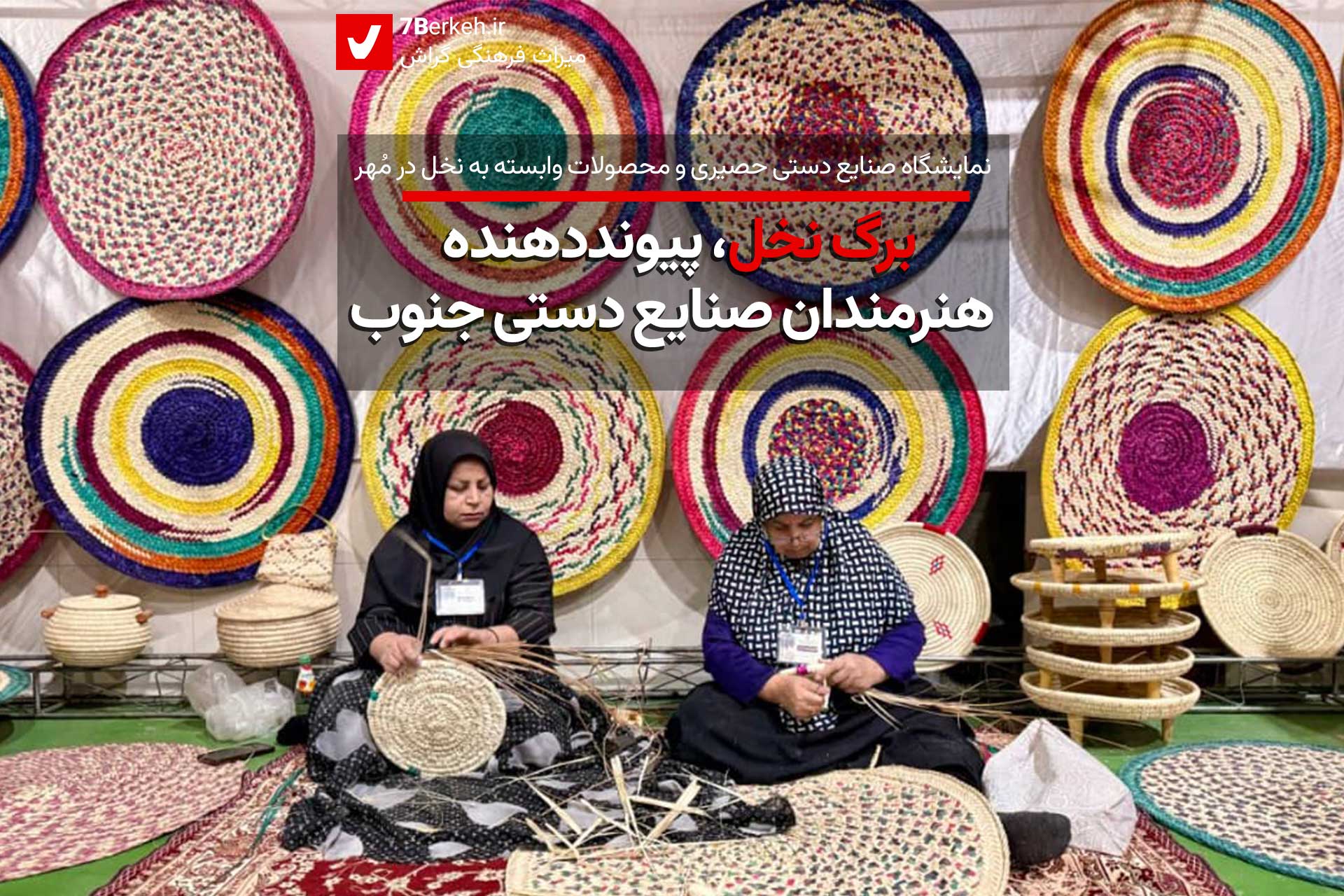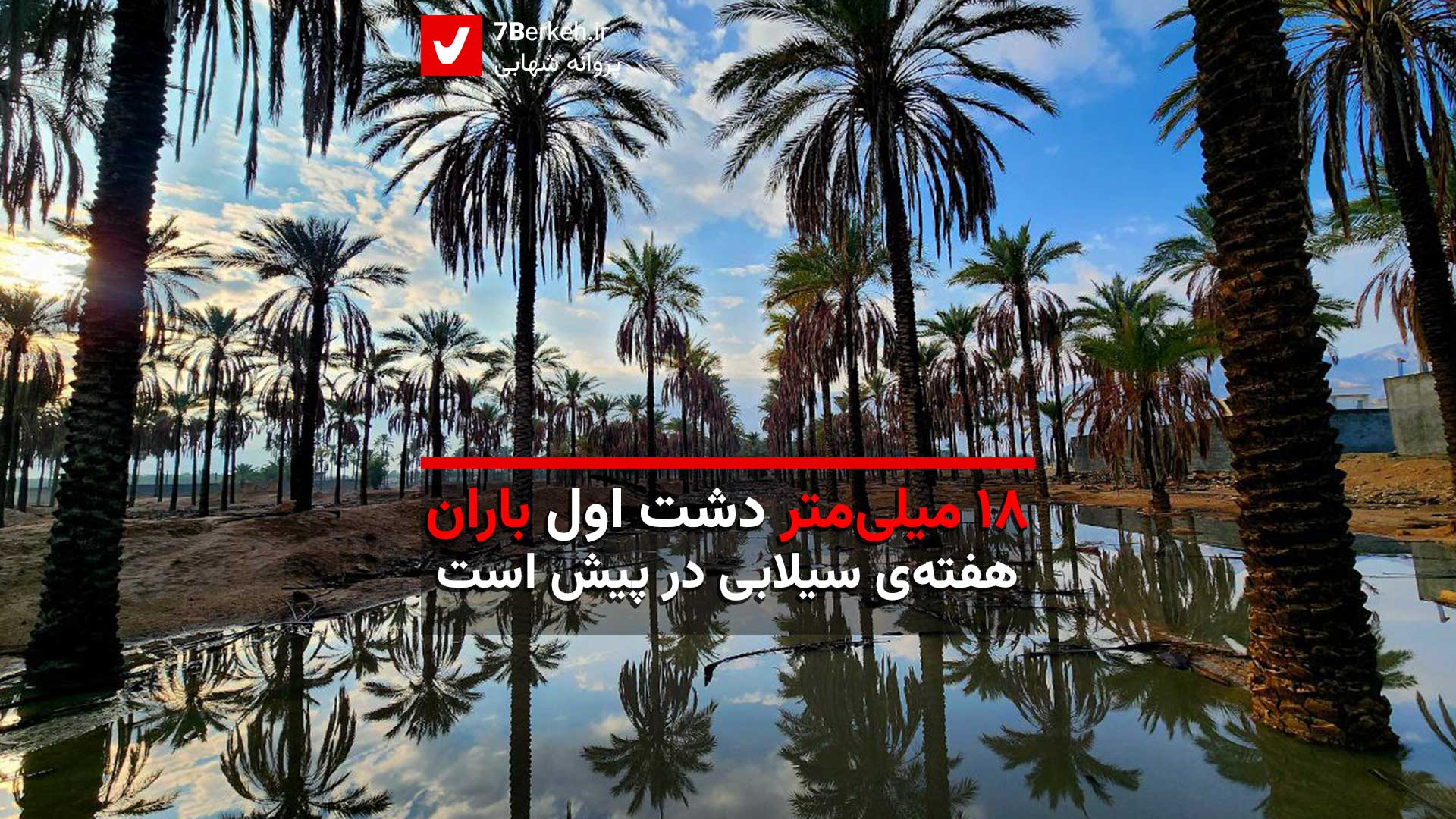7Berkeh – Raheleh Bahador: The lunar eclipse called the “Blood Moon” was visible in much of the Eastern Hemisphere as well as in Iran on the night of September 7th, 2025. The people in Gerash also had a perfect view to see the impressively long eclipse, lasting for 82 minutes.
Beside watching a natural geographical phenomenon, it will be interesting to have a glance at some of the folklore beliefs of the people in two Southern cities of Iran, located in Fars province, namely Gerash and Evaz. The people in this region have some folklore and mythical stories in common, which implies the common origin of the beliefs about the lunar and the solar eclipses. It must be noted, though, that these rites have not survived and they have been archived in the books regarding sociology and anthropology of this region.
Gezir, the Monster of Eclipses in Gerash and Evaz
In many parts of the world, during the ancient times, when people’s knowledge about natural phenomena was minimal, there were popular beliefs to cope with these events and reduce people’s fear about them, as they believed that evil forces or extraterrestrial forces were causing eclipses. Therefore, they performed some rites to ward off and drive away these beings and overcome the darkness and take the light of the moon and the sun back.
The local people in Gerash and Evaz and maybe nearby cities call this phenomenon “Gezer” or “Gezir”, which is taken from the name of a monster that is trying to strangle the moon and the sun as is narrated in the mythical stories. “Gezir” also means “covering” or “hiding” that implies the dark face of the moon and the sun.
Since the past centuries, a superstitious belief from the past generations existed in Gerash which was called “The Heritage Pot”. In this traditional rite, the local people struck a copper or a metal dish (for example, a dish for cooking halva) ideally passed down for generations in the family, with a stick or a similar instrument to create noises and drive away the evil forces that had grasped the throats of the moon and sun.
In the book titled Glossary of the Dialect of the People of Evaz (2017), written by Nasrin Ensafpour and Mohammad-Rafi Ziaei, a mythical story has been mentioned about the connection of the eclipses to a mythical monster called Gezir.
As they write, “Gezer is the name of a mythical creature that, according to popular beliefs, wants money from the moon or the sun, and in order to collect its debt, it periodically goes after the moon or the sun and squeezes their throats to choke them. For this reason, the moon or the sun turn blue, and lunar or solar eclipses occur. during an eclipse, the moon or the sun tells the creditor that he/she must wait a bit because a caravan is on its way that is bringing several bags of money for him/her, and the creditor listens to hear the sound of bells and the noises of the caravan travelers.” (1032)
Then the people try to scare away the creditor from squeezing the throat of the moon or the sun by making noises with different objects. Ensafpour and Ziaei write: “For this reason, people must make noises by striking copper vessels so that the creditor hears the clamor of the objects and in the fear of reaching the caravan, giving up the throat of the moon or the sun.” (1032)
And here is the happy ending of this myth, “at this moment, by releasing the throat of the moon or the sun, the face of the moon or the sun gradually exit from the darkness, and blood returns to their faces, and consequently they are saved”. (1032)
The website of the “Center for the Great Islamic Encyclopedia” also explains about making noises to rescue the moon and the sun: “In almost all the cities and villages of Iran, to drive away and scare the creature which has caused the eclipses, and also in order to assist the sun and the moon in their liberation and salvation from the forces of darkness and enemies of light, they strike copper dishes (taas) that are inherited and other copper kitchen utensils to create noises.” (Mirshokraei, et al., 58-59)
The photographers of the 7Berkeh News Agency and some other photographers have shared their photos from the lunar eclipse with us. Hadi Afshar has captured the lunar eclipse alongside some historical landmarks of Gerash, and Mohammad Reza Ansari has created mesmerizing compositions with natural landscapes. Nazanin Shaban has focused on the two stages of the lunar eclipse itself.
Read the Persian article here.
References:
Ensafpour, N., Ziaee, M. R. (2017). Glossary of the dialect of the people of Evaz. Tehran: Akhtaran.
Mirshokraei, M., et.al. (1994). Solar and lunar eclipses in Iranian folk culture. Tehran: Cultural Heritage Organization
